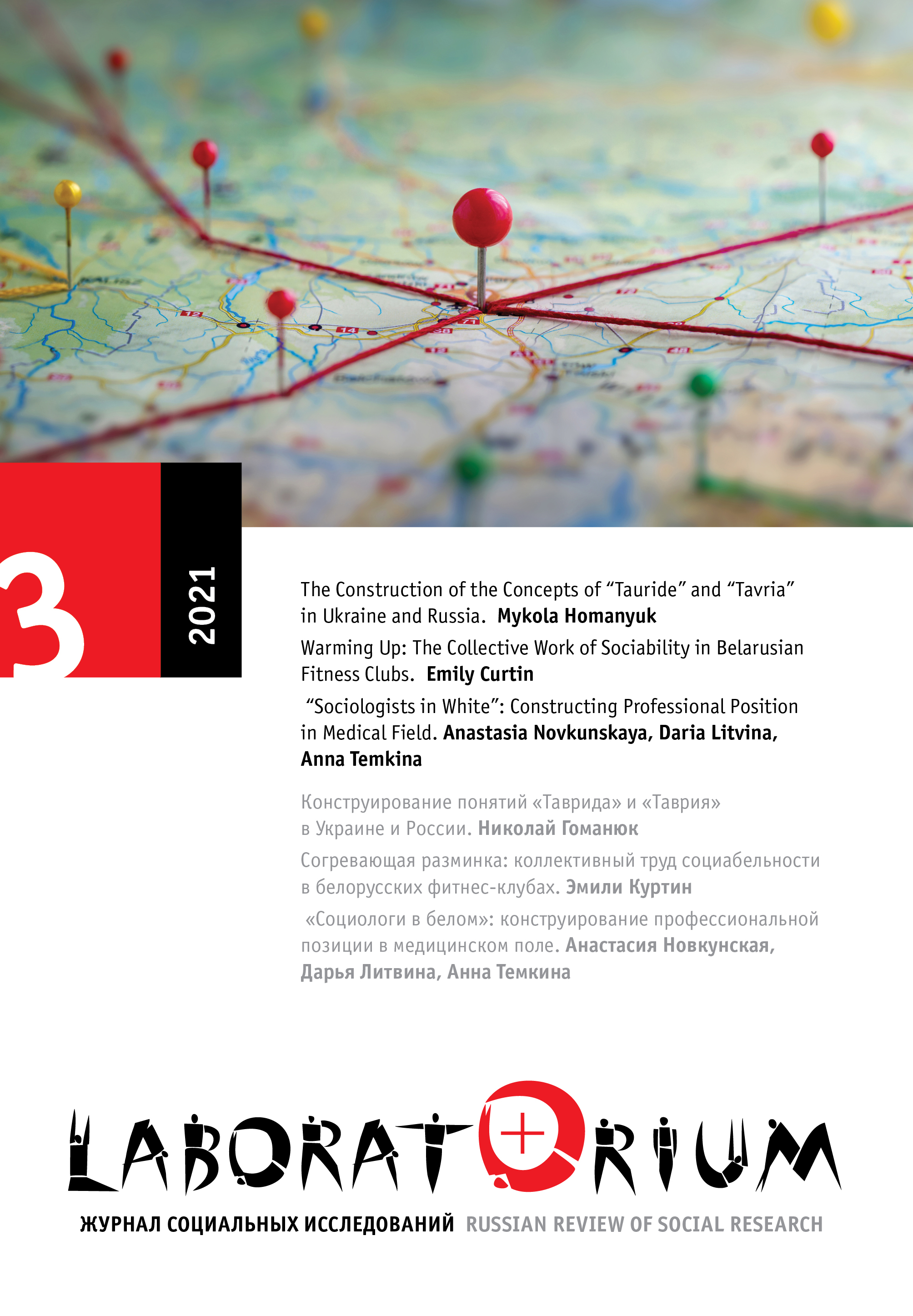The Construction of the Concepts of “Tauride” and “Tavria” in Ukraine and Russia
Main Article Content
Abstract
This article discusses the geographical, economic, and political connotations of the concepts of “Tauride” and “Tavria,” as well as the role of different actors in the process of their construction. Using conceptual history, critical toponymic, and the constructivist methodology, I analyze current public discourses on “Tauride” and “Tavria” and demonstrate that an original geographical region that had be interchangeably called Tavria/Tauride has been divided into two geographically different regions with the separate names, Tauride and Tavria. Nowadays Tauride corresponds to the Crimean Peninsula, while Tavria indicates a region of mainland southern Ukraine. Furthermore, the economic and political connotations of the usage of both of these names—“Tavria” and “Tauride”—have changed significantly. The development of the concept of “Tauride” is closely linked to the ideas of the Russian Empire. However, currently its use is common mostly among high-level politicians and government agencies, as well as experts working on or related to large-scale state projects. At the same time, the formation of the “Tavria” concept takes place in a spontaneous manner, mainly influenced by commercial and marketing strategies. The main users of the concept of “Tavria” are small and medium entrepreneurs, local authorities, and local historians. After the Crimean events of 2014, the use of both Tavria and Tauride toponyms started to assume strong geopolitical connotations. Today, for Ukrainians “Tavria” signifies a region of the independent Ukrainian state, while “Tauride” represents an important part of the Russian statehood, even if it does include part of Ukraine’s territory.
Article in Russian
Keywords
Tauride, Tavria, Crimea, Ukraine, Russia, Conceptual History, Critical Toponymic
Abstract 516 | PDF (Русский) Downloads 315


